DIY washing machine repair Vyatka-automatic
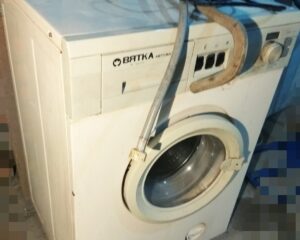 Vyatka-automatic cars, produced back in the early 2000s, still serve their owners. However, you should understand that a washing machine that has been used for more than 20 years can break down at any time. Then the user will have to decide whether to repair the device or buy new equipment. We will analyze the typical “diseases” of old devices and tell you how to troubleshoot them yourself.
Vyatka-automatic cars, produced back in the early 2000s, still serve their owners. However, you should understand that a washing machine that has been used for more than 20 years can break down at any time. Then the user will have to decide whether to repair the device or buy new equipment. We will analyze the typical “diseases” of old devices and tell you how to troubleshoot them yourself.
Problems with the engine variable speed pulley
Sometimes repairing a Vyatka washing machine can be difficult when searching for components. Since the units were produced a long time ago, it can be difficult to find the parts needed to replace them. However, you can pick up spare parts from more modern machines that are suitable for old washing machines.
If we talk about typical problems, the variable speed pulley of the engine often breaks in Vyatka-automatic cars. With such a malfunction, the “centrifuge” cannot gain speed during the spin cycle, and the washing machine makes a lot of noise during operation. The main wash runs normally.
This damage is due to natural wear and tear. The retaining ring slips off the pulley shaft, and the fasteners of the plastic coupling are destroyed. For this reason, the normal operation of the engine is disrupted.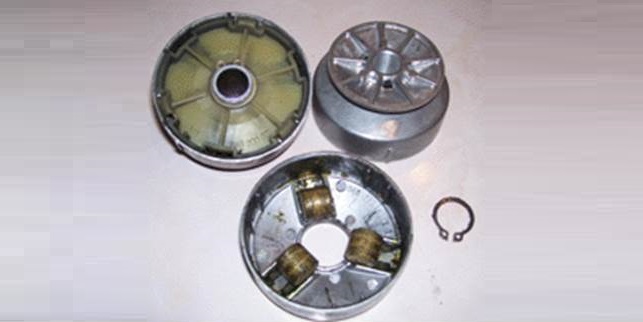
To repair a Vyatka-automatic machine with your own hands, in this case you will need a puller, a hacksaw and a chisel. It is not possible to simply remove the variator pulley from the shaft; it will have to be destroyed using tools.
The variator pulley must be removed very carefully so as not to damage the shaft and motor itself.
Purchasing the right spare part specifically for the Vyatka model can be problematic. If the original part is not available, it can be replaced with a regular pulley, the outer and inner diameters of which are 28 and 16.5 mm, respectively. A similar element is found in Candy AQUAMATIC8T 31081680 machines.
The drum does not turn well
Another typical problem with Vyatka machines is that the drum rotates with difficulty. The problem is especially noticeable when the appliance performs the “Wash” and “Rinse” modes. This “symptom” can occur for several reasons.
- The drive belt has stretched. To confirm or refute your guess, you will have to remove the rear (for front-facing) or side (for vertical) panel of the case and check the rubber band. To tighten the strap, you need to move the motor down. This is easy to do - loosen the right nut and rotate the engine around the left bolts with which it is attached to the tank. When finished, the nut should be tightened back.
- The motor capacitor has lost power. The element is located inside the housing. To fix the washer, the capacitor will have to be replaced.
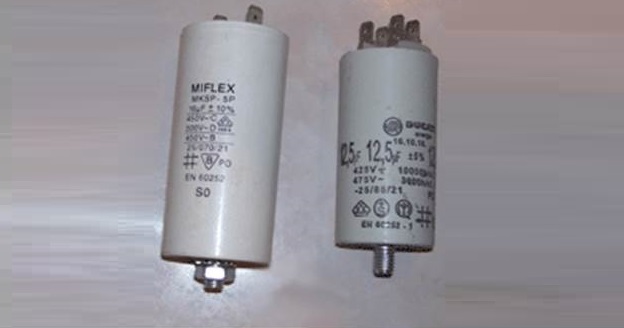
- Motor malfunction. The main “symptom” of problems with the motor is the burning smell emanating from a working washing machine. Typically, problems with the engine occur when water gets on it. Therefore, carefully inspect the walls of the tank for cracks.
If the tank is really leaking, you should think about the advisability of repairing the Vyatka washing machine.
Both the tank and the motor will have to be replaced. In this case, it is better to overpay a little and buy a new, modern machine, rather than spending the same money on purchasing components for an old “home assistant”.
The machine stopped turning on
If at one point Vyatka stops turning on, you will have to check the operation of the hatch locking device and the two-pole “Start” button.Diagnostics should begin with testing the lock. To do this, it is necessary to remove the drum cuff and dismantle the blocker. After the UBL is pulled out of the housing, you need to close terminals 3L and 1C, as well as contacts C and L to each other. Next you need to turn on the machine. If there are no changes in the operation of the device, then the problem is in the button.
If the problem is really in the UBL, and it is impossible to buy a new similar part for replacement, it is possible to short-circuit the previously described terminals with each other, insulate the contacts and put the blocker in its original place. This way, the electronic lock will be “crossed out” from the circuit, leaving only a mechanical latch in the machine.
When the problem is with the button, it needs to be replaced. Here, too, difficulties may arise in finding original spare parts. If there is no similar part, you will have to determine the non-working pole by “diagnosis”.
Having detected a faulty pole, it is necessary to short-circuit its terminals and insulate the contact. So the Vyatka-automatic machine will turn on with only one pole. If there is a single-pole button on the control panel nearby that you do not use, you can run the wiring to it. Then this key will start the washing machine.
No spin or adjustment
In some cases, the washer calmly rinses things, but then refuses to spin them. Spinning on the Vyatka-automatic machine may be absent due to a breakdown of the tachogenerator. Due to voltage surges, the triacs on the speed controller module may burn out. To repair a “home assistant”, you will have to: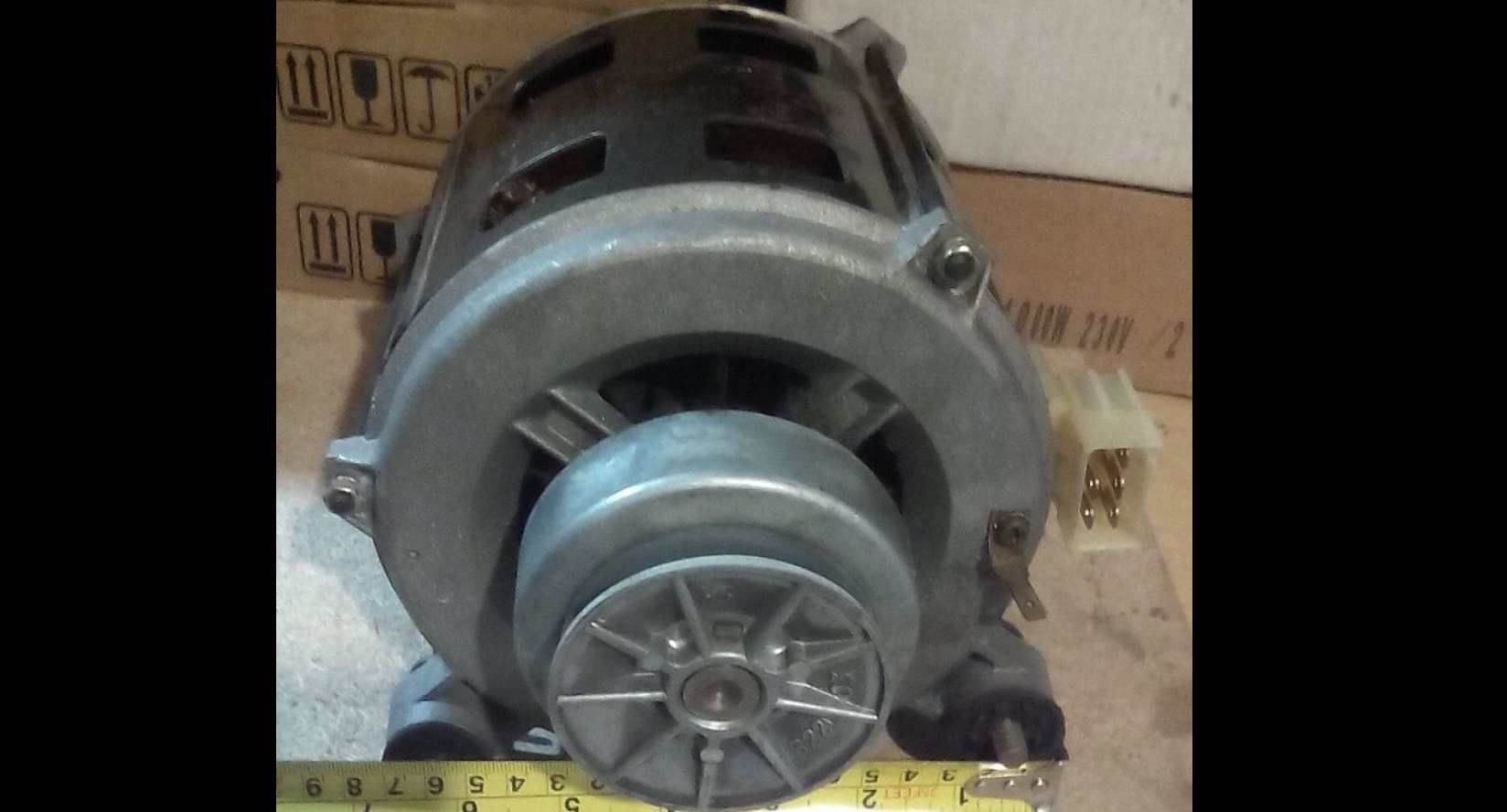
- clean the electric motor block;
- restore and insulate the terminals on the block;
- Replace the resistance on the speed control module.
You should work with the electric motor with the utmost caution. Before starting repairs, be sure to turn off the power to the equipment and turn off the water supply. Only then can you disassemble the housing and remove the engine.
In most cases, a Vyatka-automatic machine can be repaired relatively inexpensively. Even if original spare parts are no longer on sale, it is acceptable to supply similar components from equipment of other brands. However, sometimes it is not advisable to repair an old “home assistant” - the cost of repairs can be comparable to the purchase of a new, modern washing machine.
Interesting:
Reader comments
- Share your opinion - leave a comment
Categories
Washing machine repair


For buyers

For users

Dishwasher





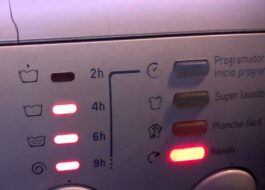
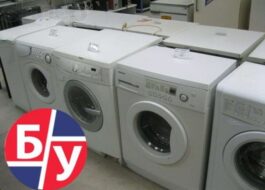










Add a comment